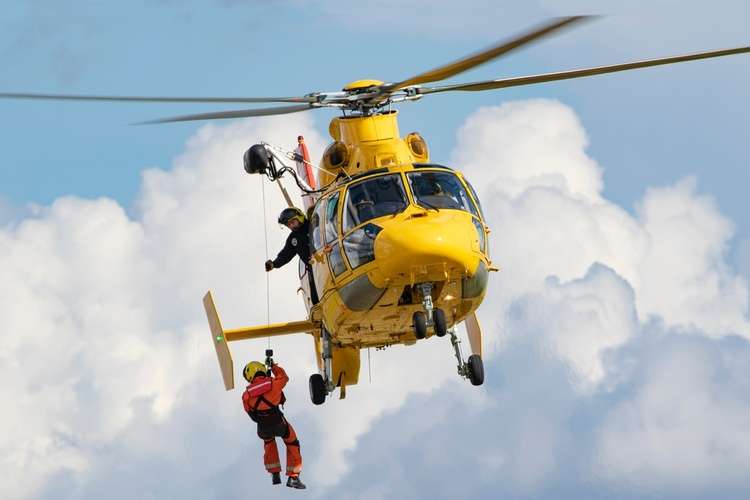Overnight Delivery Safety Protocols for Road Operators
Overnight delivery operations require targeted safety protocols to manage reduced visibility, driver fatigue, and operational risks. This article outlines practical measures for scheduling, vehicle maintenance, tech integration, communication, and wellbeing to protect drivers and freight during nocturnal logistics shifts.

Nighttime delivery routes introduce distinct challenges compared with daytime operations: lower visibility, fewer roadside services, and a higher likelihood of driver fatigue. Effective overnight safety protocols combine scheduling practices, vehicle upkeep, technology, and clear communications to reduce risk while preserving operational efficiency. This article examines practical approaches for road operators worldwide to manage deliveries safely through the night.
How should overnight schedules address fatigue?
Shift design must prioritize predictable rest and limit consecutive overnight hours. Rotate start times so drivers do not permanently shift their circadian rhythms, and schedule mandatory breaks consistent with local regulations. Encourage strategic napping windows during long shifts when safe and feasible, and pair long routes with relief drivers or split runs to avoid prolonged single-driver duty. Administrative controls—such as monitoring total hours worked and ensuring access to rest facilities—support safer performance on overnight deliveries.
What maintenance and telematics steps reduce risk?
Regular preventive maintenance is essential for night operations when roadside assistance may be slower to arrive. Keep lighting, brakes, tires, and windshield systems inspected more frequently for vehicles assigned to overnight routes. Telematics systems that monitor engine diagnostics, tire pressure, and predictive maintenance intervals help catch faults before they lead to breakdowns. In-cab alerts and fleet dashboards allow dispatch to reroute or pull vehicles for service, reducing the chance of safety-critical failures during nocturnal hours.
How can navigation and communication support safety?
Use navigation tools optimized for commercial routing that account for weight limits, low-clearance hazards, and restricted access at night. Provide up-to-date route briefings that highlight areas with limited services or higher security risks. Maintain robust two-way communication channels—cellular, satellite, or radio—so drivers can report incidents or request assistance. Establish clear escalation protocols and ensure drivers carry redundant power supplies and contact lists to manage communication lapses during overnight deliveries.
What security and compliance measures are essential?
Security measures for overnight deliveries include secure parking plans, verified pickup/dropoff zones, and cargo-securing procedures to deter theft. Compliance with hours-of-service and local transport regulations remains critical; audit logs, electronic logging devices (ELDs), and documented safety checks help demonstrate adherence. Train staff on handling high-risk stops and provide clear incident reporting tools. When operating across jurisdictions, confirm that local night-driving restrictions, lighting requirements, and cargo regulations are followed.
How does compensation affect driver wellbeing?
Compensation and wellbeing policies influence retention and on-the-job safety for overnight drivers. Non-monetary supports—such as guaranteed rest facilities, access to health and sleep resources, and predictable scheduling—can reduce fatigue-related risk. Fair compensation that recognizes the demands of night work is important, but avoid implying specific salary figures in this article; instead, employers should review market benchmarks and legal obligations when structuring pay and benefits. Promote mental health resources and programs that support sleep health, nutrition, and work–life balance for nocturnal staff.
Cost and service comparison for safety investments
Below is a comparison of common safety-related products and services used by road operators for overnight delivery risk reduction. Providers listed are verifiable industry vendors and the cost estimations reflect typical market ranges for the relevant services.
| Product/Service | Provider | Cost Estimation |
|---|---|---|
| Fleet telematics (per vehicle, monthly) | Samsara | $25–$40 per vehicle/month |
| Video telematics and AI coaching | Lytx | $30–$60 per vehicle/month |
| Fleet tracking and routing | Verizon Connect | $30–$50 per vehicle/month |
| Driver safety training programs (per course) | Smith System | $150–$400 per driver per course |
| Compliance and online training modules | J. J. Keller | $100–$300 per course/license |
| Fleet maintenance software (per vehicle, monthly) | Fleetio | $5–$25 per vehicle/month |
| Commercial tyre/maintenance services (per incident) | Goodyear Commercial | $150–$500 depending on service |
Prices, rates, or cost estimates mentioned in this article are based on the latest available information but may change over time. Independent research is advised before making financial decisions.
Conclusion Overnight delivery safety requires a systematic mix of scheduling policies, preventive maintenance, technology adoption, clear communications, and security planning. Investing in training and the right mix of telematics and maintenance services reduces operational risk and supports driver wellbeing. Regular review of protocols and working with verified service providers ensures that overnight logistics can operate safely and reliably across diverse regions and regulatory environments.





